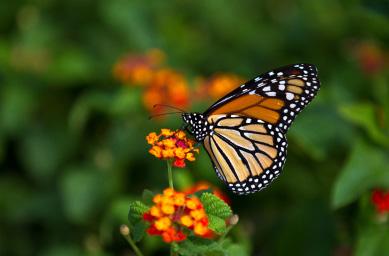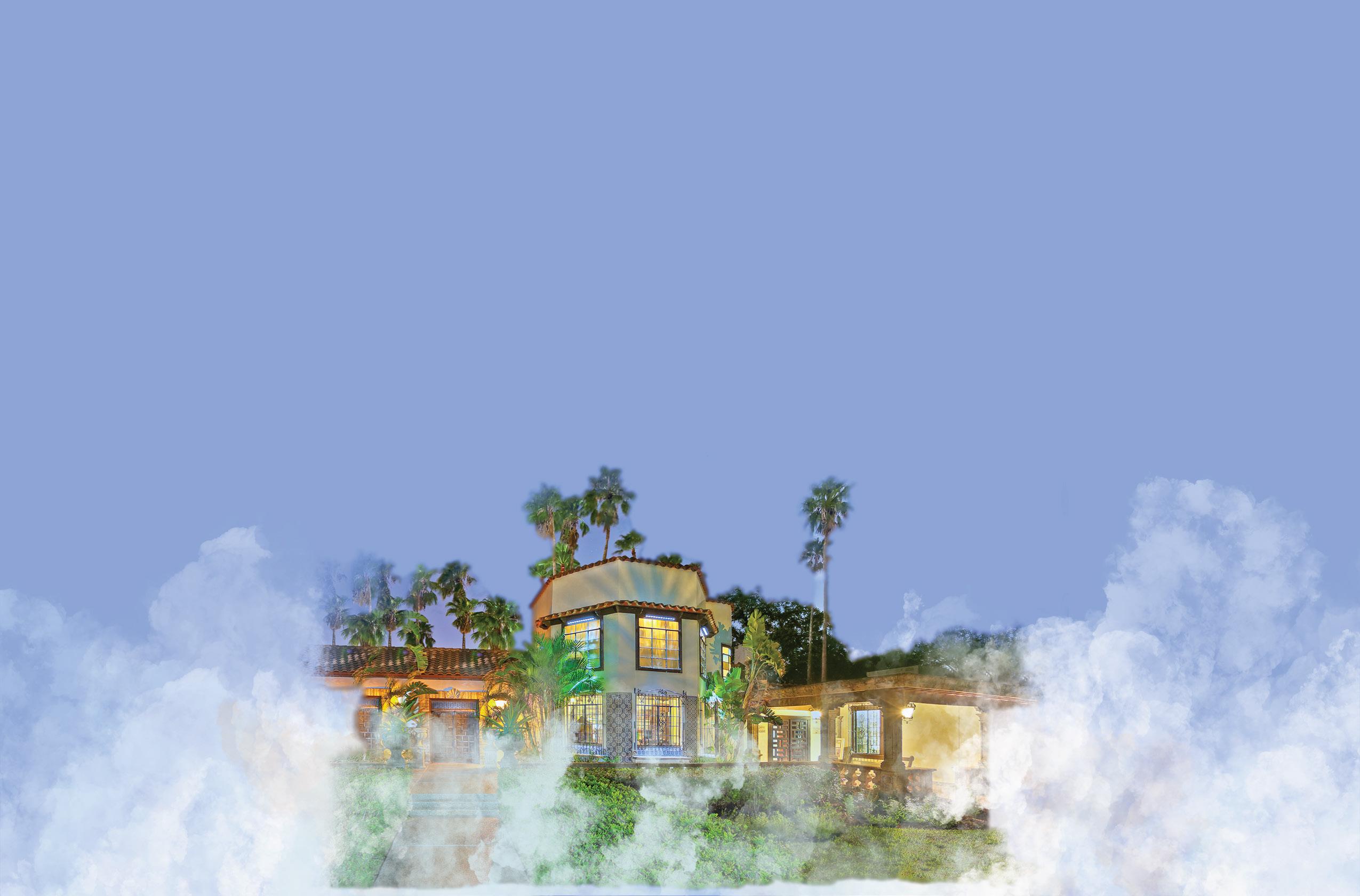
3 minute read
Quinta Mazatlan - Monarch Migration
Quinta MAZATLAN
MAGNIFICENT Monarch Migration
By John Brush, Urban Ecologist, City of McAllen
The Monarch butterfly is thought to have been potentially named in honor of various kings, both real (King William III of England) and fictional (Danaus, great-grandson of the Greek god Zeus). However, I would argue that it could easily be called “Monarch” because of its migratory prowess – the king of migratory butterflies.
This beautiful orange, black, and white insect as a species can migrate vast distances, traveling from as far north as southern Canada down into Michoacán, Mexico – a trip that can span over 2,500 miles (or 80 million butterfly body lengths). To put this into perspective, a person of average height in the United States (roughly 5 feet 6.75 inches) would have to walk roughly 225 thousand body lengths to reach San Antonio, TX.
Notice that in the previous paragraph I said “as a species can migrate vast distances.” This is due to the nature of the Monarch’s lifecycle. Unlike a bird, the monarch butterfly is incapable of making the round-trip journey in its lifespan; it in fact takes 3-5 generations. The last generation of the summer, the over-wintering generation, is the one that makes the long southward migration. Flyways in the central and eastern United States converge and pass through South Texas (usually mid-late October), arriving in their Mexican wintering grounds in mid-late autumn. It must be noted here that some monarchs (the western populations) spend their winter along the Californian coast.
The northward migration is done in several steps, with the over-wintering generation (the one that spends the winter in Mexico) starting the journey north. They breed and lay eggs on milkweeds in the southern US, and die. It then takes 3-4 subsequent generations (each usually living less than 5 weeks) to complete the journey north. The last generation born (which has a much longer lifespan of up to 8 months) is the overwinter generation, which starts the cycle all over again.
This amazing phenomenon of nature has long captivated

the minds of both scientists and the general public. The mechanisms for this incredible migration are becoming increasingly well-known as a result of this fascination. We now know that Monarchs use skylight cues (i.e. the sun and polarized light) and a magnetoreception as methods of orientation, and the time of migration is determined by circadian clocks that have a mechanism in the insects’ antenna. However, as with many other organisms, the mechanisms of migration need further study.
We do know this, however; Monarch butterflies have shown drastic declines in North America, with estimates of 90% and 74% declines in the eastern and western populations, respectively (report from the Xerces Society). These declines are thought to be caused by loss of milkweed breeding habitat, pesticide use, climate change, and logging.
But there are ways to help the Monarch. One of the easiest ways you can personally help a monarch is by planting native milkweeds (their host plants) and native nectar plants in your yard. Follow Quinta Mazatlán on Facebook, Twitter, Instagram, and Youtube @QuintaMazatlan to learn more about programs and our natural & cultural heritage in the Rio Grande Valley of South Texas. Hope to see you at Quinta Mazatlan and long live the Monarch!
BUTTERFLY EXHIBIT The Butterfly Lady exhibit was created by local artist, Cele Castillo and on display from October to midNovember during the Sticks & Bones Trail at Quinta Mazatlan.
MONARCH BUTTERFLY Monarch butterflies are identified by their bright orange wings that are bordered with wide black borders and veins. The caterpillars undergo five growth stages (instars) which last a total of nine to fourteen days.
PRAIRIE MILKWEED The Prairie Milkweed is one of our common native milkweeds in the Lower Rio Grande Valley, and is one of many milkweed hosts for Monarchs.

















